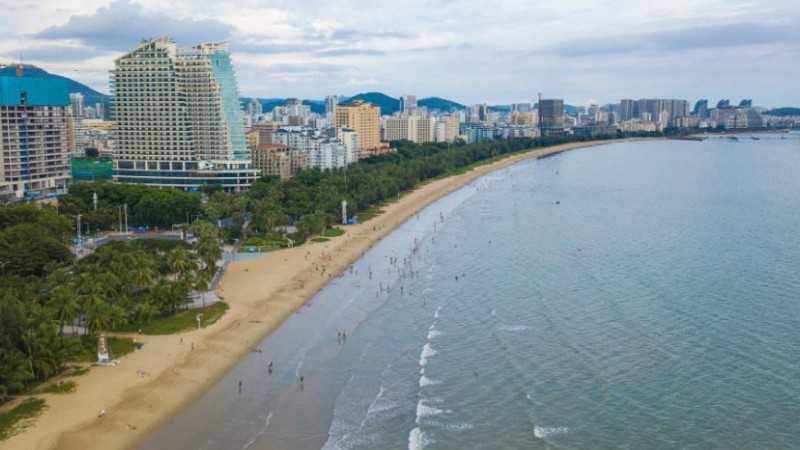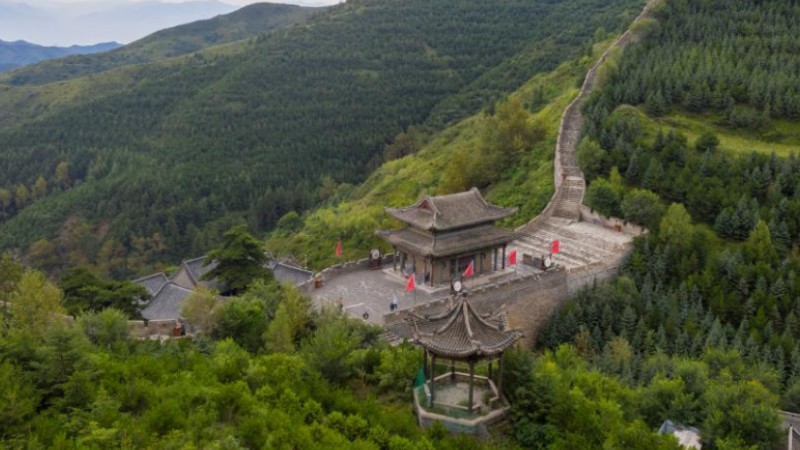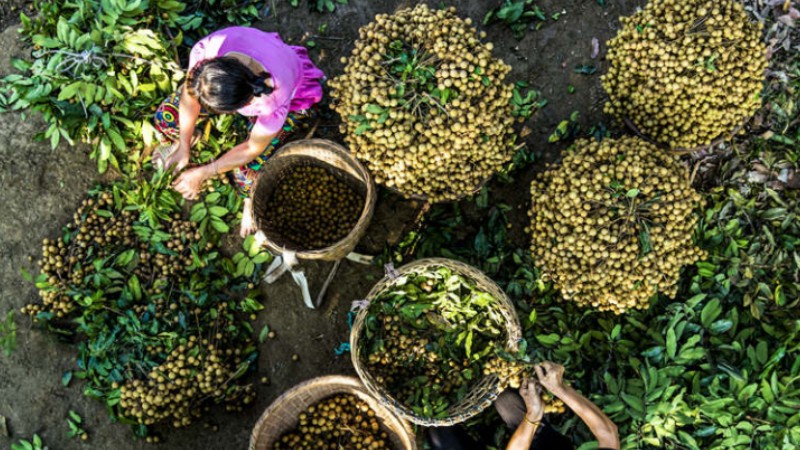Renovated homes of overseas Chinese preserve ancestral bonds
FUZHOU, Sept. 3 (Xinhua) -- In Wulin Village of east China's Fujian Province, visitors are often enthralled by the medley of architectural styles: local red-brick houses, Gothic buildings, Greco-Romanesque structures, and buildings blending both Chinese and Western elements.
The eclectic blend of architectural styles vividly narrates the story of the village's connection to the overseas Chinese community. In the late 19th and early 20th centuries, many villagers traveled to Southeast Asia to work and sent money back to build homes. As a result, the houses often showcased a captivating fusion of exotic influences.
Wulin is known as an ancestral home, while the village has a permanent population of over 1,800, the number of overseas Chinese with ties to it is 10 times higher.
Cai Lianqing, a Filipino Chinese in his 80s, recently returned to the village after decades away. Here, he found what once was a simple path was now a bustling road, surrounded by modern amenities.
However, amidst the changes, Cai caught a familiar sight that evoked a flood of memories – his two-story ancestral house, "Chang Cheng Xiaozhu."
"The building was named after my father and uncle. As young teenagers, they had gone to the Philippines to work, saving up their earnings to build this house in their hometown," Cai said. Seventy years on, the house still stands proudly.
In recent years, over 100 former residences of overseas Chinese, once dilapidated and unattended, have been renovated and preserved under local government efforts, allowing overseas Chinese like Cai to maintain connections to their roots.
Unsurprisingly, the village has also proven a hit with tourists, keen to immerse themselves in its rich cultural confluence and hear stories of overseas Chinese.
"When we revitalize the ancestral homes, we respect their historical and cultural significance, and take an approach based on the local overseas Chinese culture while injecting new elements based on the buildings' unique features," said Hong Mianmian, deputy general manager of Wulin Qingpu Cultural and Tourism Development Co., Ltd., a developer of the village.
Many of these buildings have transformed into cultural venues, cafs, restaurants, and heritage centers. Since 2021, the village has clocked up more than 400 culturally enriching events, which are especially appealing to the younger generation.
The transformation of Wulin Village serves as a quintessential example of the recurrence of ancestral homes in Fujian. The province boasts a remarkable legacy, being the ancestral homeland of 15.8 million overseas Chinese worldwide, reflecting the enduring ties that bind this thriving community to their roots.
Overseas Chinese history museums have sprung up across Fujian to honor their history and contributions.
Earlier this year, in Yujiang Village, Zhangzhou City, the former residence of patriotic overseas Chinese leader Lin Kaide was renovated and opened as a memorial hall, allowing the public to visit for free.
Lin Kaide's children funded the renovation of their father's former residence to commemorate his lifelong patriotic pursuit and the local government later organized the exhibitions.
"As long as the old houses remain, our roots remain, carrying the deep nostalgia of overseas Chinese compatriots. We will continue to protect the sentiments of our forebears and pass them on," Lin Shaofen, son of Lin Kaide, said.
Photos
Related Stories
- Congress of returned overseas Chinese concludes in Beijing
- Congress of returned overseas Chinese to convene on Aug. 31
- China unveils regulation on consular protection, assistance
- Chinese songs contest for overseas Chinese held in London
- Role of overseas Chinese stressed in promoting global peace, development
Copyright © 2023 People's Daily Online. All Rights Reserved.









